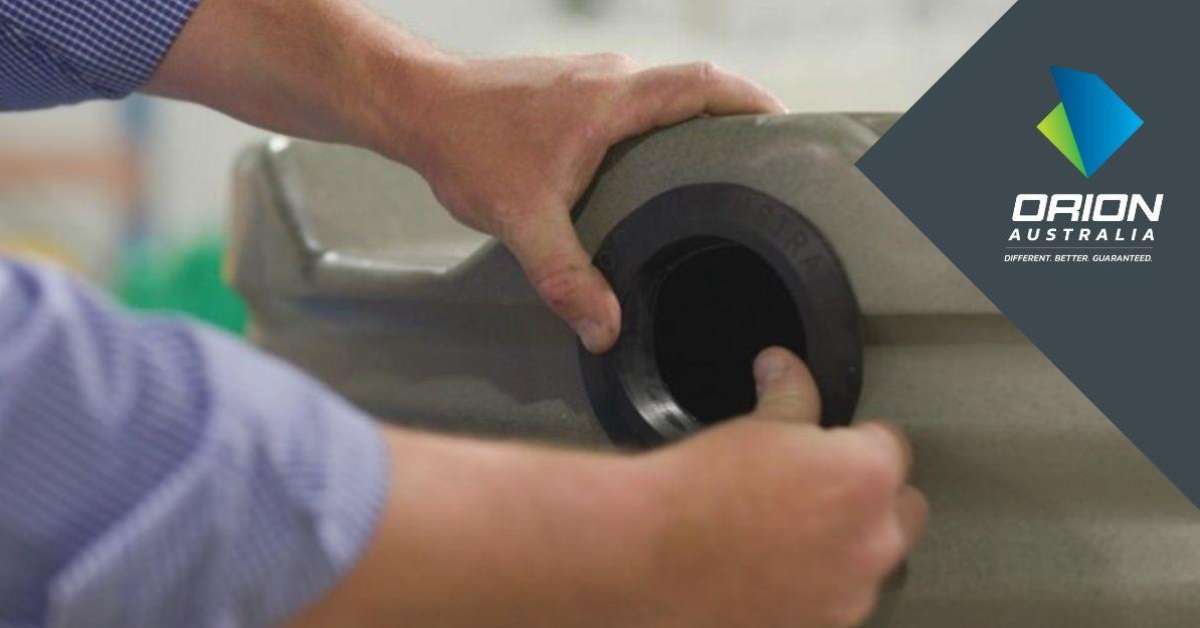11 January 2024
How to Fit an Overflow with Rapidseal for Orion Water Tanks
Proper installation of an overflow is vital for long-lasting effective operation of your tank.
This blog will help you through the steps to ensure a secure and watertight connection.

Our Poly tanks will normally be supplied with a pre-drilled 102 mm diameter hole for connection of an overflow pipe.
Galvanised tanks are supplied with the overflow hole uncut, and the tank will need to be installed before an overflow is fitted.
Step1: Collect the materials required before you begin the process.
- Tank with an overflow hole cut
- Rubber grommet (Rapidseal) included in the tank's ‘pre-pack’
- 90mm PVC stormwater pipe (minimum pipe length 120mm or longer for galvanised tanks with a minimum of 100mm out from the tank as the tank walls will bulge slightly as the tank fills with water)
- Small hand saw
- Vaseline, soap, or detergent
- Water
- Overflow insect screen included in the tank ‘pre-pack’
Step 2: Insert the Rapidseal into the 102mm diameter overflow hole in your tank ensuring a snug fit.
Step 3: Prepare the PVC stormwater pipe. Take the 90mm pipe and using a small saw go around one end of the pipe and create 6-8 slits at 100mm long.
Step 4: Lubricate the Rapidseal this will make the insertion process easier and creates a better seal. Apply a small amount of lubricant to the inside rim of the Rapidseal. Vaseline, soap, or detergent can be used for this purpose.
Step 5: Lightly wet the slitted end of the PVC pipe with water before inserting into the Rapidseal. This will further help with the ease of inserting into the Rapidseal.
Step 6: Insert the slitted end of the PVC pipe into the Rapidseal and make sure it goes through the tank wall.
It may need a bit of wriggling to fit, you may need to remove it and try again adding more lubrication to the seal and water to the PVC pipe. If it continues to be troublesome you could use a small piece of wood and a hammer to help go in but usually fits by hand.


